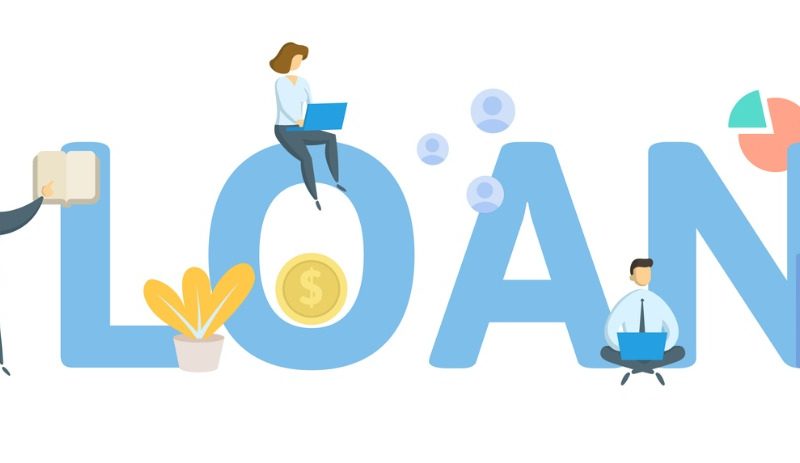What you need to know about balance transfer credit cards
A friend called me the other day in a panic because he suddenly realised he owed more than $2,000 on his credit card and had no way of paying it off in a reasonable fashion.
“You work in finance,” he said, “what am I supposed to do now?”
First I made him do the calculations to see how much interest he would pay on that $2,000. He’d blown it on dinners, drinks, and a new smartphone he didn’t need, and those items were now going to cost him more than ever. And at 19.95%, paying off the balance was going to be punishing. (He might have cried just a little bit.)
I pointed him towards a balance transfer credit card, which would allow him to transfer his existing debt to another credit card company (or bank) and repay his $2,000 debt at either a very low rate or at 0% interest.
It worked for him, and now he’s paying down his debt at $170 a month so he can wipe the balance within a year.
Sounds good? Here’s what you need to know about balance transfer credit cards:
- You’ll need to switch banks or credit card companies to get the low/no interest deal on your existing balance. This is so they can have you as a new customer and hopefully establish a long-term relationship with you.
- You can use the new card to consolidate debts into one payment (such as store cards and multiple credit cards).
- Sometimes (but not always) you’ll be charged a fee to transfer the debt(s), such as a percentage of the balance being transferred.
- There’s usually a balance transfer period, when you’ll pay no interest or a low interest rate. Be mindful of what the interest rate is after the balance transfer period lapses. This is all specified in the offer and the terms and conditions.
- The balance transfer interest rate can apply to the debt you’ve transferred, to new transactions, or both. Check it.
- It can be extremely swift to sort out a balance transfer, but in some cases it can take up to two weeks, so make sure you keep paying your bills in the meantime.
- It can be tempting to ‘chase’ balance transfer offers and just keep shifting the balance around. This doesn’t look good on your credit report and it damages your credit score, so try to transfer only once, then pay down the debt.
- Transferring the balance doesn’t necessarily mean you’ve closed the old account, so contact your former credit provider and make sure it’s sorted.
All in all, a balance transfer credit card can be in your favour, to help you consolidate debts and pay them down. It’s all about how you put it to work.
The information in this blog post is general in nature and does not constitute personal financial or professional advice. It is not intended to address the circumstances of any particular individual. We do not guarantee the accuracy and completeness of the information and you should not rely on it. Before making any decisions, it is important for you to consider your personal situation, make independent enquiries and seek appropriate tax, legal and other professional advice.
Credit Simple
Credit Simple gives all Kiwis free access to their credit score, as well as their detailed credit report. See how your credit score compares by age, gender and community and gain valuable insights into what it all means.
All stories by: Credit Simple


